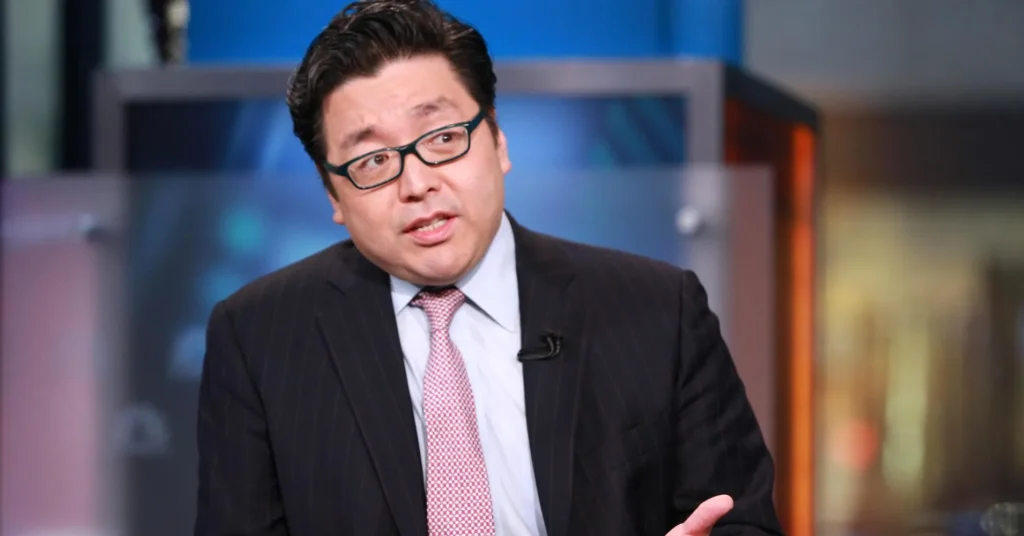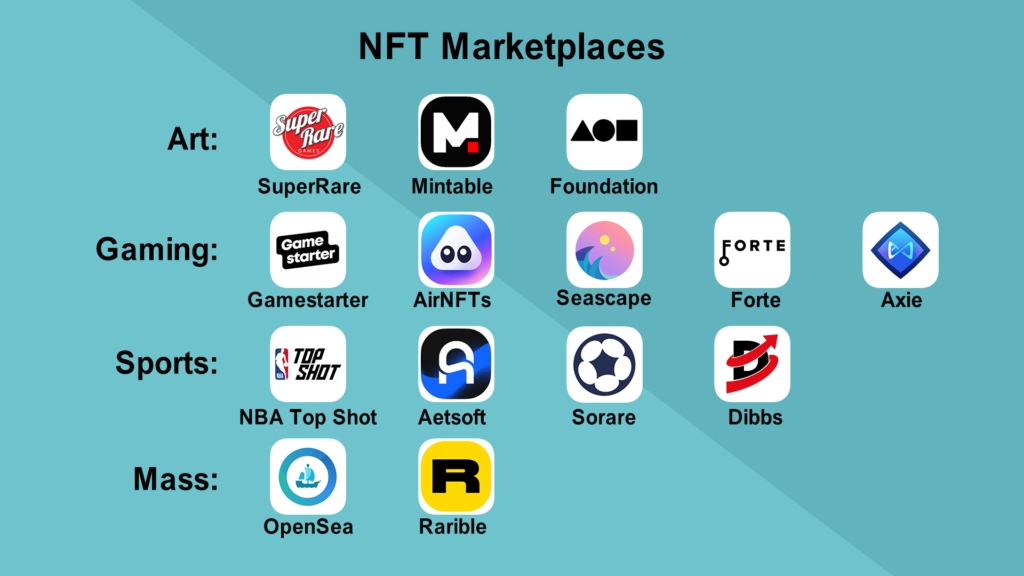ETH Growth and Risks: Why the Debate Matters
When people talk about crypto, the spotlight often swings back to Bitcoin. But lately, it’s Ethereum that’s sparking the loudest debate. At the center of it all? ETH growth and risks. Vitalik Buterin, Ethereum’s co-founder, is worried about overleveraged treasuries, while Wall Street’s Tom Lee remains upbeat about the long-term potential.
Their back-and-forth isn’t just academic chatter. It touches everything from how decentralized projects fund themselves, to whether ETH could hit $15,000 in the coming years. According to Coinpedia, the discussion could shape how the next big wave of adoption plays out.
Buterin’s Concerns: When Growth Becomes Fragile
Vitalik Buterin isn’t exactly known for reckless optimism. Instead, he’s the voice reminding people that unchecked growth often hides fragile foundations. Recently, he warned that Ethereum treasuries could turn into an “overleveraged game,” as noted by CryptoRank.
What does that mean in plain terms? Many decentralized projects hold ETH in their treasuries. These reserves fund operations, developer salaries, community incentives, even marketing. But when projects start borrowing against these holdings or using them for yield strategies, they expose themselves to market swings.
Think about it: if ETH drops 40%, those same treasuries could shrink overnight. Suddenly, projects once flush with capital might struggle to survive. The warning feels familiar — we’ve seen similar risks blow up entire crypto lenders and funds in past cycles.
Buterin’s stance is essentially a reminder: Ethereum isn’t immune to its own success. Growth is great, but overconfidence in treasuries could backfire.

Credit from : Decrypt
Tom Lee’s Case: Growth Outweighs the Risks
Tom Lee, co-founder of Fundstrat Global Advisors, isn’t losing sleep over those warnings. In fact, he’s been doubling down on Ethereum’s potential. According to Coinpedia, Lee has gone as far as suggesting ETH could climb toward $15,000 if adoption and institutional interest keep accelerating.
Sounds bold, right? Maybe even unrealistic. But Lee’s argument leans on fundamentals: Ethereum powers DeFi, NFTs, stablecoin infrastructure, and enterprise experiments in tokenization. Unlike speculative coins that come and go, ETH has sticky demand tied to its real-world utility.
Lee also believes that institutional players entering staking markets could stabilize treasuries, not destabilize them. If anything, he sees risks as just part of the ride — short-term bumps on a long-term growth curve.
Is he too optimistic? Possibly. But in a market that thrives on sentiment, his voice keeps the bullish narrative alive.

Credit from : Crypto DNES
ETH Growth and Risks in Treasury Management
So, who’s right? The truth may sit somewhere between Buterin’s caution and Lee’s confidence.
Ethereum treasuries are both a strength and a weakness. On one hand, they show confidence — projects holding ETH instead of instantly cashing out prove they believe in its future. On the other hand, relying too much on ETH price stability feels like building a house on shifting sand.
Some analysts argue that better risk management could help. For instance, treasuries might diversify into stablecoins or real-world assets to reduce exposure. Others suggest capped leverage or stricter governance rules to prevent reckless borrowing. But here’s the twist — decentralization makes uniform rules nearly impossible. Each project decides its own approach.
And that’s where the real “risk of growth” emerges. In a boom cycle, it’s tempting for projects to maximize gains by leaning heavily on their ETH reserves. History shows us that temptation often ends in painful unwinds.

Credit from : Lite Finance
Beyond Treasuries: The Bigger Picture of ETH Growth and Risks
Ethereum’s story isn’t just about treasuries or price calls. It’s about how the ecosystem matures. DeFi platforms, NFT marketplaces, and scaling solutions all lean heavily on ETH as collateral, currency, or gas. That interconnectedness creates both resilience and fragility.
For example, during bull markets, ETH demand skyrockets because of staking, transaction fees, and DeFi activity. But during bear cycles, the same dynamics amplify losses. A sharp price drop doesn’t just hurt traders, it ripples through treasuries, protocols, and user confidence.
Some say this volatility is just growing pains — the kind of turbulence you’d expect in a young financial system. Others worry that without proper safeguards, the risks will overshadow growth, especially if mainstream institutions see crypto as too unstable.

Credit from : Addevice
Looking Ahead: A Market of Contradictions
What’s next for Ethereum?
If Buterin gets his way, the focus shifts toward caution. Expect to see more conservative treasury management, maybe with hybrid strategies blending ETH with stable reserves. That path might not deliver explosive returns, but it could protect the ecosystem in downturns.
If Lee’s optimism wins out, Ethereum could lean harder into growth, with treasuries staking more, borrowing more, and riding the momentum of rising prices. This could fuel massive adoption — or, in the worst case, leave projects overextended when markets turn south.
Realistically, Ethereum’s future will borrow from both approaches. Some projects will play it safe, others will chase the upside. The balance between these choices will define the next chapter of ETH’s journey.

Credit from : VALR
Final Thoughts: Balancing ETH Growth and Risks
At the end of the day, Ethereum is still writing its story. The split between Vitalik Buterin’s warnings and Tom Lee’s bullish outlook isn’t just about clashing opinions — it’s about two sides of the same coin. Growth and risk are inseparable.
Treasure the optimism, but don’t ignore the caution. As the ecosystem expands, ETH treasuries will remain both a backbone and a potential weak spot. And whether you side with Buterin, Lee, or land somewhere in between, one truth is clear: navigating ETH growth and risks will shape the very core of Ethereum’s future.



